17 Secrets to Growing the Juiciest Cucumbers in Your Garden
Cucumbers are a delicious and refreshing addition to any garden, but growing them perfectly can sometimes be tricky. With the right care and attention, however, you can enjoy a bountiful harvest of crisp, healthy cucumbers. Whether you’re a beginner or an experienced gardener, there are simple yet effective techniques that can help your plants thrive. From selecting the best variety to ensuring they get enough water, each step plays a crucial role in their growth. These tips are easy to follow and will set you up for success throughout the growing season.
This post may contain affiliate links, which helps keep this content free. Please read our disclosure for more info.
Choose the Right Variety
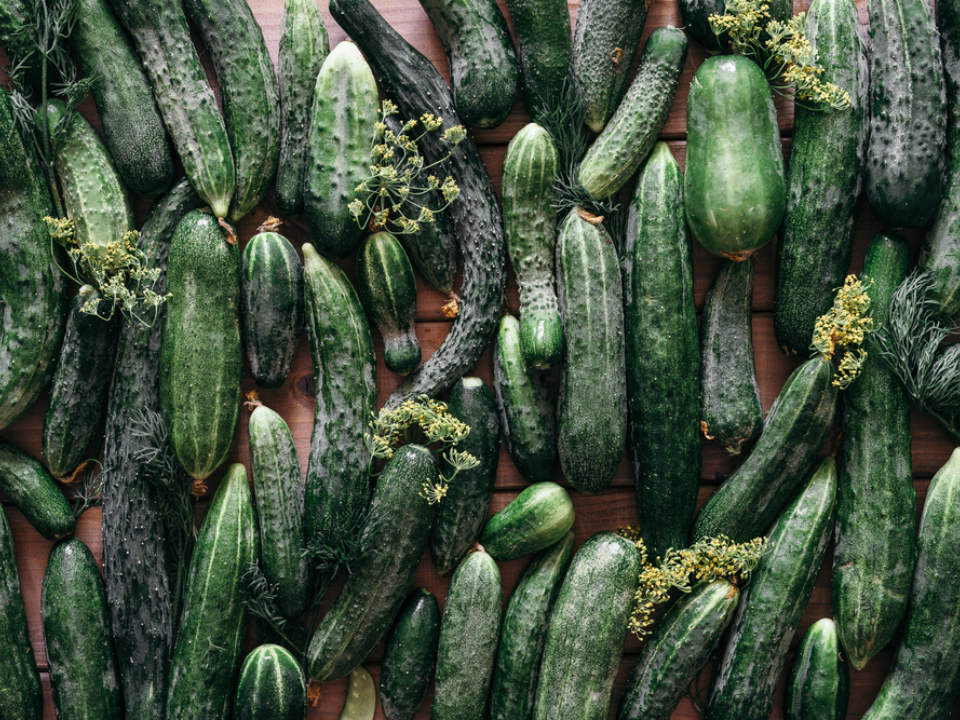
Selecting the right cucumber variety for your garden is the first step to growing healthy, tasty cucumbers. There are two main types to consider: slicing cucumbers and pickling cucumbers. Slicing cucumbers tend to be larger and have a thicker skin, making them ideal for fresh consumption, while pickling cucumbers are smaller, with a bumpy texture perfect for preserving.
When choosing a variety, consider the climate and space available in your garden. If you’re limited on space, opting for a smaller, more compact cucumber variety like the bush cucumber can be an excellent choice. Larger varieties, such as the straight 8 cucumber, thrive in areas where they have room to sprawl.
Start With Healthy Seeds
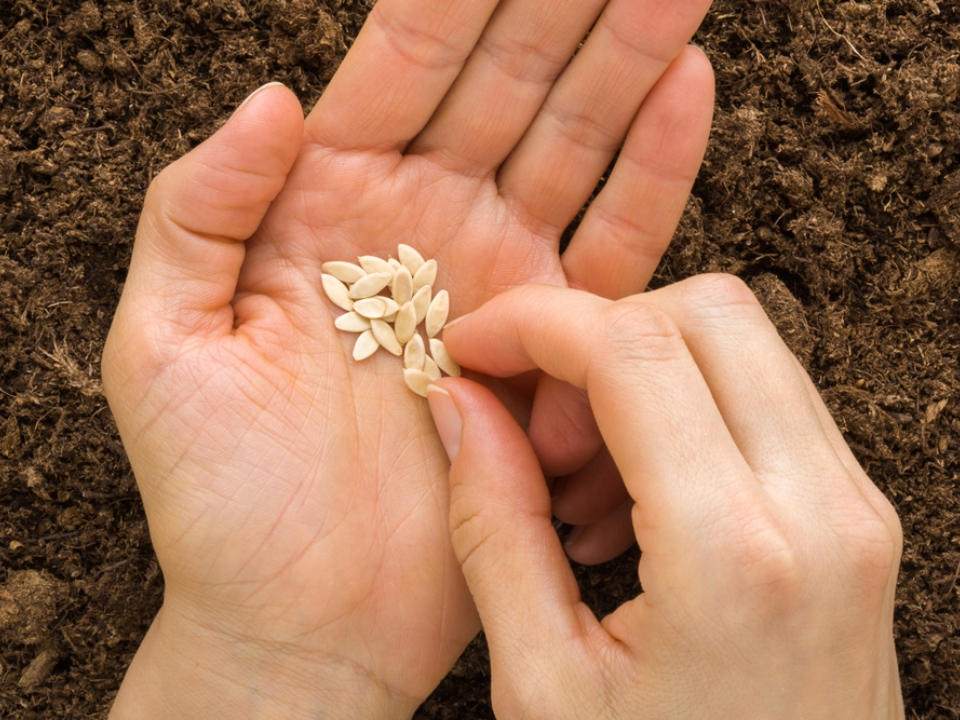
Starting with healthy cucumber seeds is crucial for growing vibrant plants. It is essential to purchase seeds from a reputable supplier to ensure you are getting high-quality, disease-resistant seeds. You can choose to start cucumbers indoors in pots before transplanting them outside or sow them directly into the ground, depending on your gardening preferences.
Make sure to plant the seeds in nutrient-rich soil. Adding compost or organic matter to the soil will improve its texture and provide essential nutrients for seedling growth. Healthy seeds will establish strong root systems that lead to more fruitful plants later in the season.
Provide Plenty of Sunlight
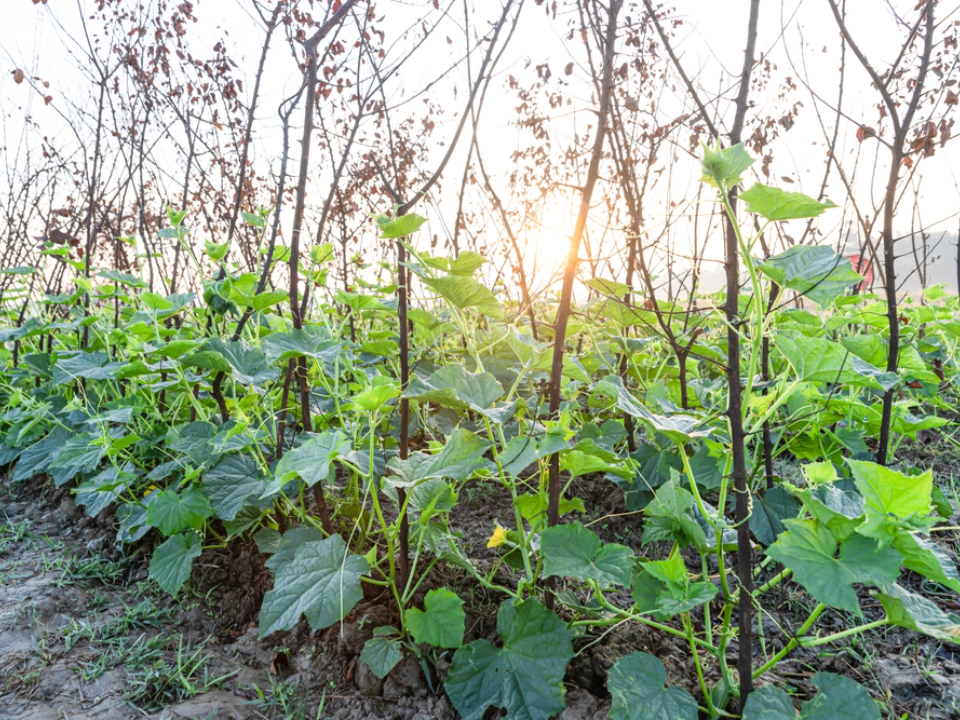
Cucumbers thrive in full sunlight, so it is essential to plant them in an area that gets at least 6-8 hours of direct sunlight per day. Sunlight helps cucumbers grow rapidly and develop that crisp, refreshing texture. Without sufficient sunlight, the plants may become leggy, and the cucumbers may not mature properly.
To maximize sun exposure, avoid planting cucumbers in shaded areas of your garden. Raised beds or containers placed in sunny spots can be a good option if your garden space has limited direct sunlight. Keep in mind that cucumbers need a consistent amount of light throughout the growing season to produce the best fruit.
Space Your Plants Properly
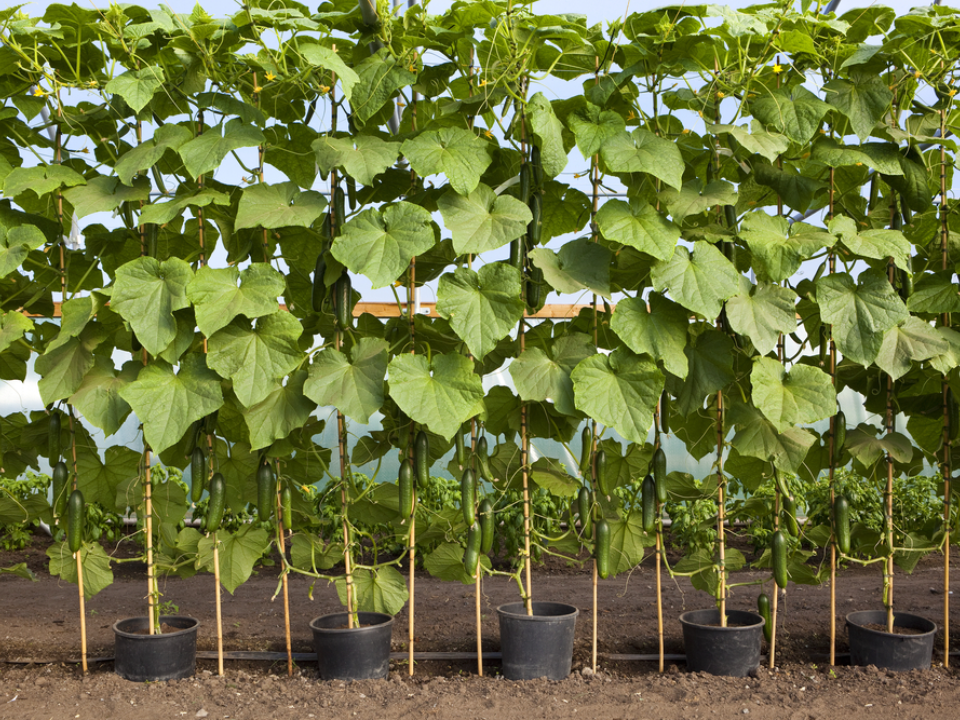
Proper spacing is vital for healthy cucumber growth. When planting cucumbers, leave enough room between each plant to allow for air circulation and reduce the risk of fungal diseases. Typically, space cucumber plants 18-36 inches apart, depending on the variety.
Crowded plants are more likely to compete for nutrients and water, leading to poor growth. Adequate spacing also ensures that the cucumber vines have enough room to spread out and produce an abundance of fruit. If you are growing cucumbers vertically, consider using trellises to save space and keep the plants off the ground.
Water Regularly and Consistently

Cucumbers are high-water plants that require regular watering to thrive. Consistent moisture levels help prevent stress, which can lead to bitter-tasting cucumbers. Aim to water cucumbers deeply at the base of the plants rather than sprinkling water on top, which helps avoid wetting the leaves and reducing the risk of fungal diseases.
During dry periods, cucumbers need more water. However, avoid overwatering, as soggy soil can lead to root rot. Mulching around the plants can help retain moisture and keep the soil cool during hot weather.
Improve Soil Drainage
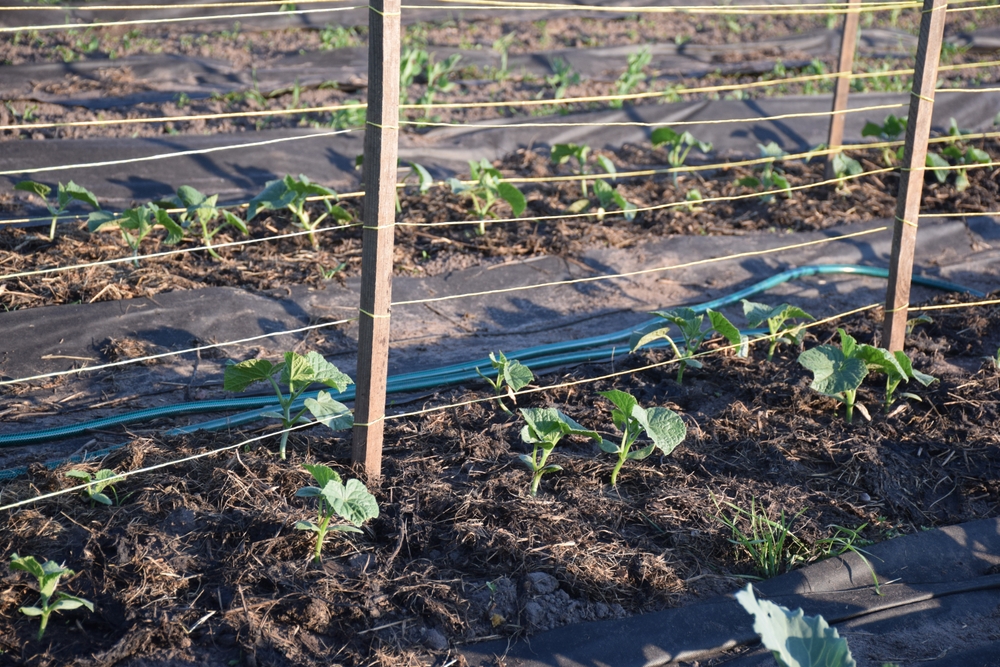
Cucumbers need well-draining soil to grow properly. If your soil has poor drainage, the roots may become waterlogged, leading to disease and stunted growth. To improve drainage, you can amend the soil with organic matter such as compost, which enhances the soil structure and ensures that water flows freely through it.
Additionally, planting cucumbers in raised beds can help improve drainage, especially in areas with heavy clay soil. The raised height allows water to drain away from the roots, reducing the risk of root rot and other moisture-related issues.
Support Your Plants with Trellises
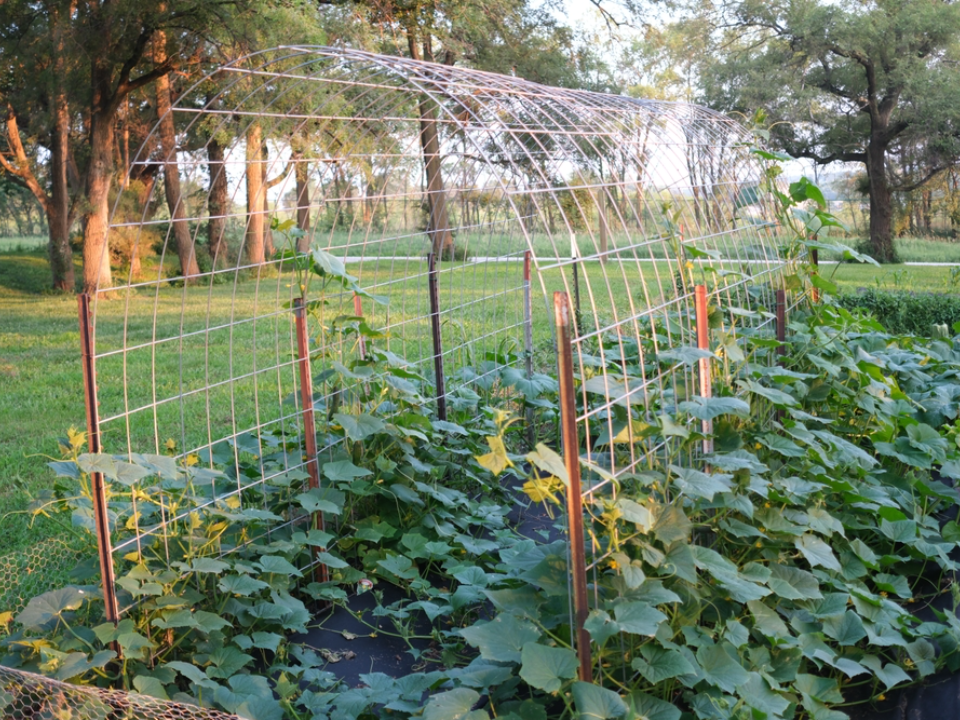
Using a trellis for your cucumber plants is an excellent way to support the vines and encourage upward growth. By growing cucumbers vertically, you can save garden space while keeping the fruits off the ground, preventing diseases like powdery mildew. Trellises also make harvesting easier and help keep the cucumbers straight and uniform.
You can build a simple trellis using materials like wooden stakes, wire, or mesh. Ensure the trellis is sturdy enough to hold the weight of the growing cucumber vines and fruits. Training the vines to climb the trellis regularly will help the plants grow in a controlled direction.
Keep the Soil Nutrient-Rich
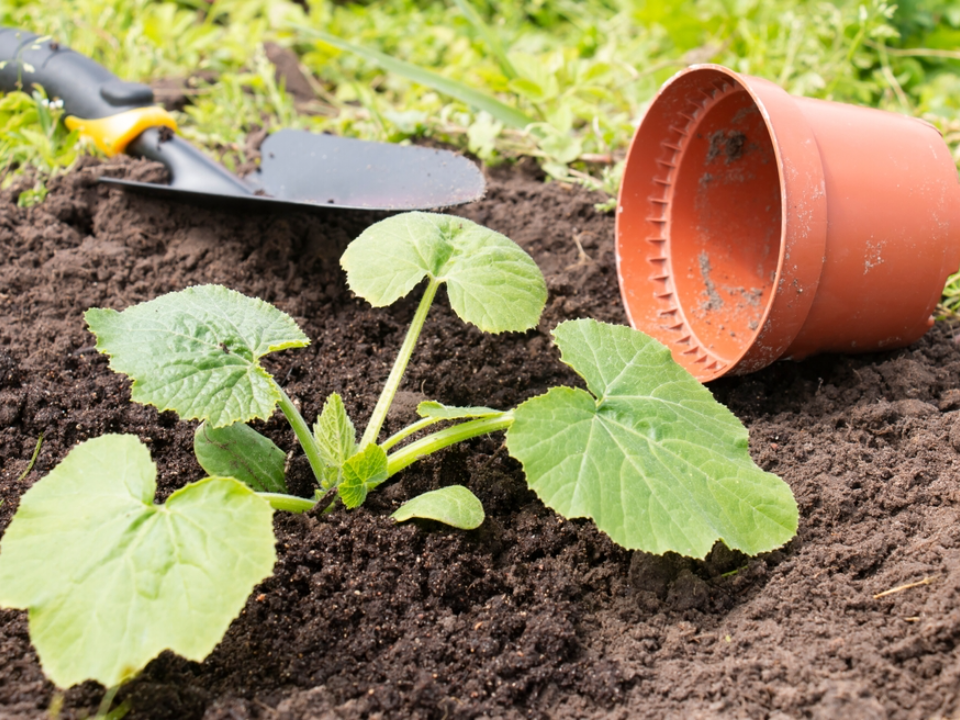
To grow cucumbers that are both flavorful and abundant, maintaining nutrient-rich soil is essential. Cucumbers are heavy feeders, meaning they require a lot of nutrients to produce high-quality fruit. Adding compost or a balanced fertilizer throughout the growing season can keep your plants healthy and support their growth.
You can also consider applying organic fertilizers that are rich in nitrogen, phosphorus, and potassium. These essential nutrients help cucumbers produce strong vines, flowers, and fruit. Be sure to follow the manufacturer’s instructions to avoid over-fertilizing, which can harm the plants.
Prune Your Plants
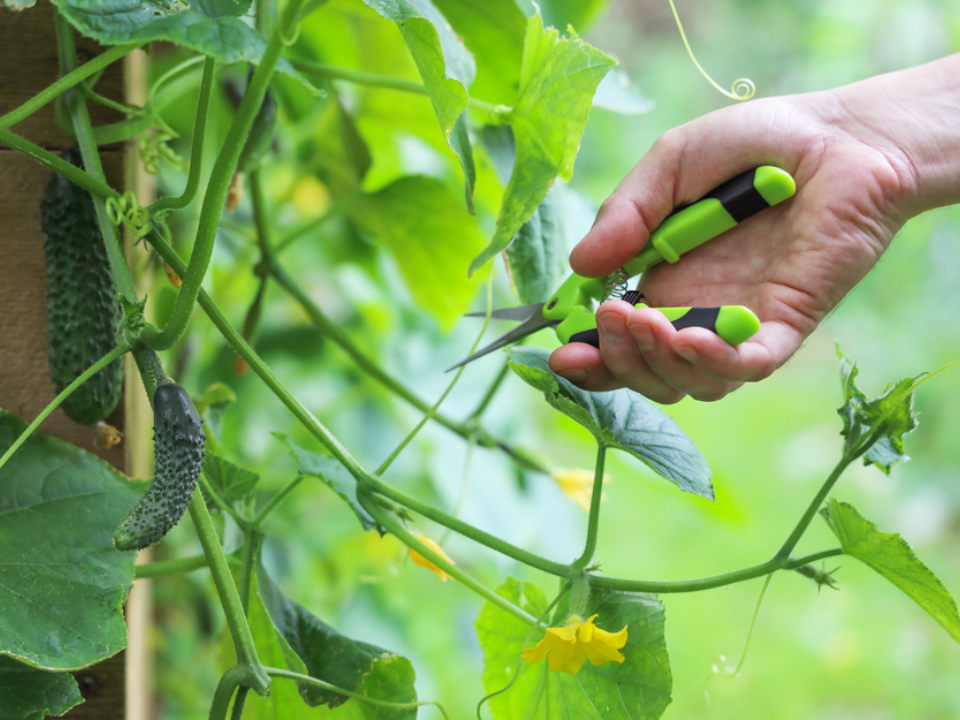
Pruning cucumber plants can encourage stronger growth and higher yields. Removing dead or diseased leaves helps prevent the spread of disease and allows the plant to focus its energy on producing fruit. You can also prune the vines to direct growth towards the main stems, improving airflow and preventing overcrowding.
While pruning, be careful not to remove too many leaves or flowers, as these are essential for the plant’s energy production. Prune regularly to keep the plant healthy and ensure a steady flow of nutrients to the developing cucumbers.
Protect From Pests
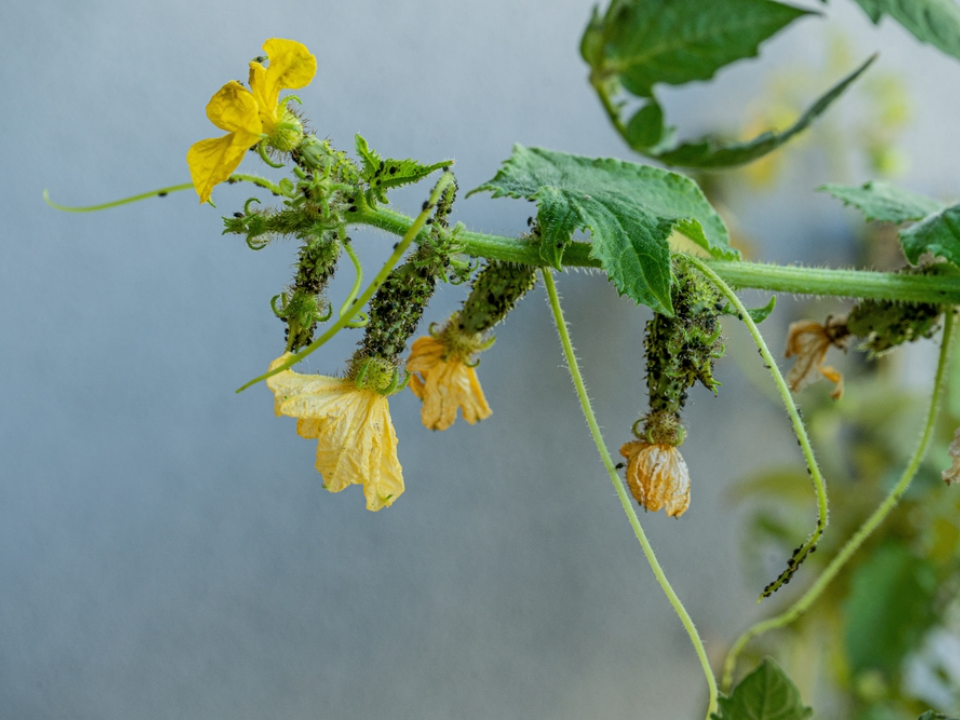
Cucumbers are susceptible to pests such as aphids, cucumber beetles, and spider mites. To protect your plants, you can use organic pest control methods like neem oil or insecticidal soap. You can also attract beneficial insects, such as ladybugs, that help control harmful pests naturally.
If you notice any signs of pests, take action quickly to prevent damage to your cucumbers. Regularly inspect the plants, especially the undersides of leaves, where pests often hide. Early intervention is key to maintaining healthy plants.
Harvest at the Right Time

Harvesting cucumbers at the right time is crucial to ensuring the best taste and texture. Cucumbers should be picked when they are firm, crisp, and the desired size, typically when they are 6-8 inches long. If cucumbers are left on the vine for too long, they may become bitter and overripe.
To harvest, gently twist or cut the cucumber off the vine, being careful not to damage the plant. If you want to encourage the plant to produce more cucumbers, regularly remove mature fruit. This keeps the plant focused on producing new fruit.
Avoid Overcrowding
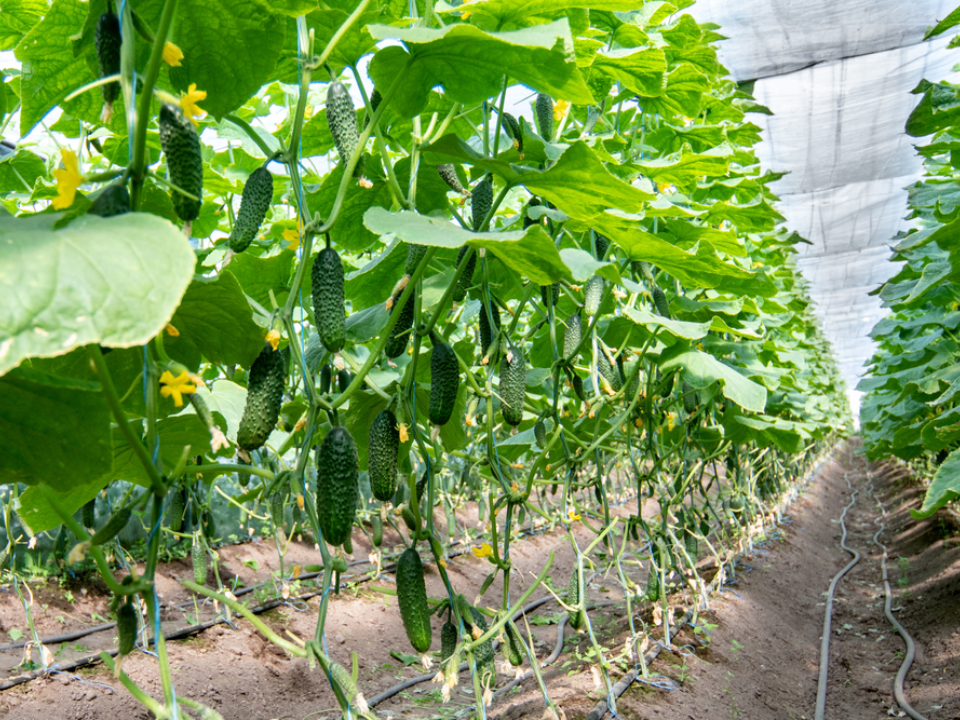
Overcrowding cucumber plants can lead to poor air circulation, which promotes the growth of fungal diseases. It also means the plants will compete for water, nutrients, and space, resulting in smaller, weaker plants. Make sure to thin out the plants if necessary to ensure each cucumber has enough room to grow.
Allow enough space between rows and plants to help avoid disease spread and give the cucumbers ample room to develop. If you are growing cucumbers in containers, choose larger pots to accommodate their root systems.
Use Companion Plants
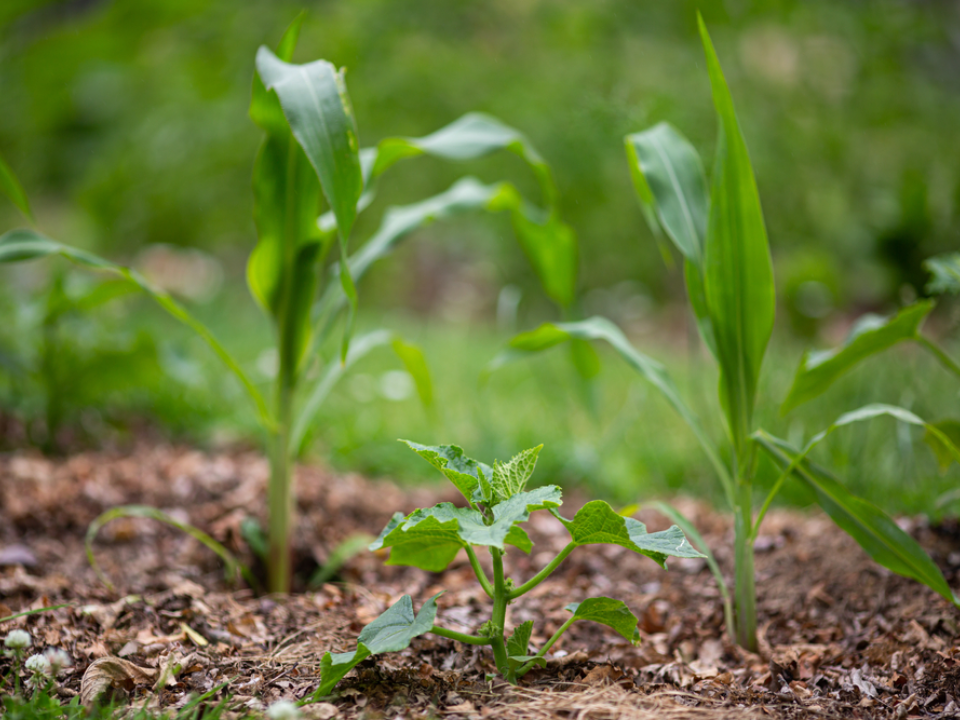
Certain companion plants can help cucumbers grow better by enhancing the soil and deterring pests. For example, planting marigolds, nasturtiums, or dill near cucumbers can help repel insects like aphids and cucumber beetles. Additionally, beans can be planted alongside cucumbers to provide nitrogen to the soil, benefiting cucumber growth.
Companion planting not only boosts cucumber health but also maximizes space in the garden. Choose plants that complement cucumbers’ growth and make the most of your garden’s potential.
Manage Soil pH Levels
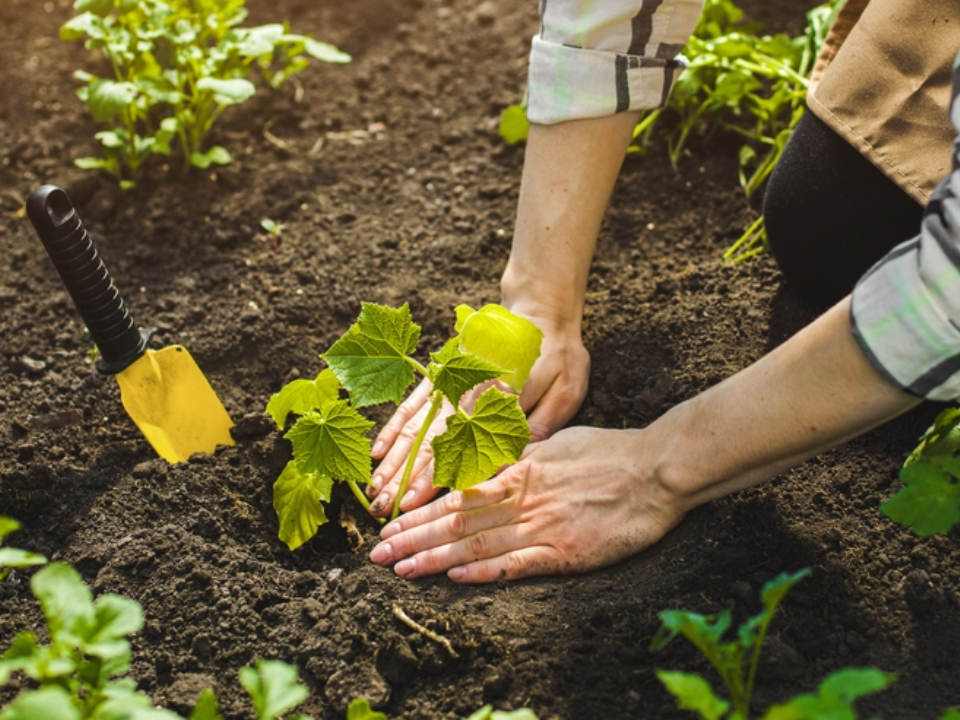
Cucumbers grow best in slightly acidic soil with a pH level between 6.0 and 7.0. Testing your soil’s pH regularly ensures that it remains within the optimal range. If your soil is too acidic or alkaline, you can amend it with materials like lime or sulfur to adjust the pH levels.
Maintaining the right pH balance helps cucumbers absorb nutrients more effectively, leading to healthier plants and better fruit production. It is essential to test the soil before planting and adjust it as necessary throughout the growing season.
Mulch for Moisture Retention

Mulching around your cucumber plants can help retain moisture and regulate soil temperature. Mulch acts as a protective layer that keeps the soil cool in hot weather and prevents moisture loss during dry periods. It also helps suppress weeds, preventing them from competing with cucumbers for nutrients and water.
Organic mulch, such as straw or wood chips, breaks down over time, adding valuable nutrients to the soil. Be sure to apply mulch early in the growing season to protect the roots and maintain optimal growing conditions for your cucumbers.
Rotate Your Crops
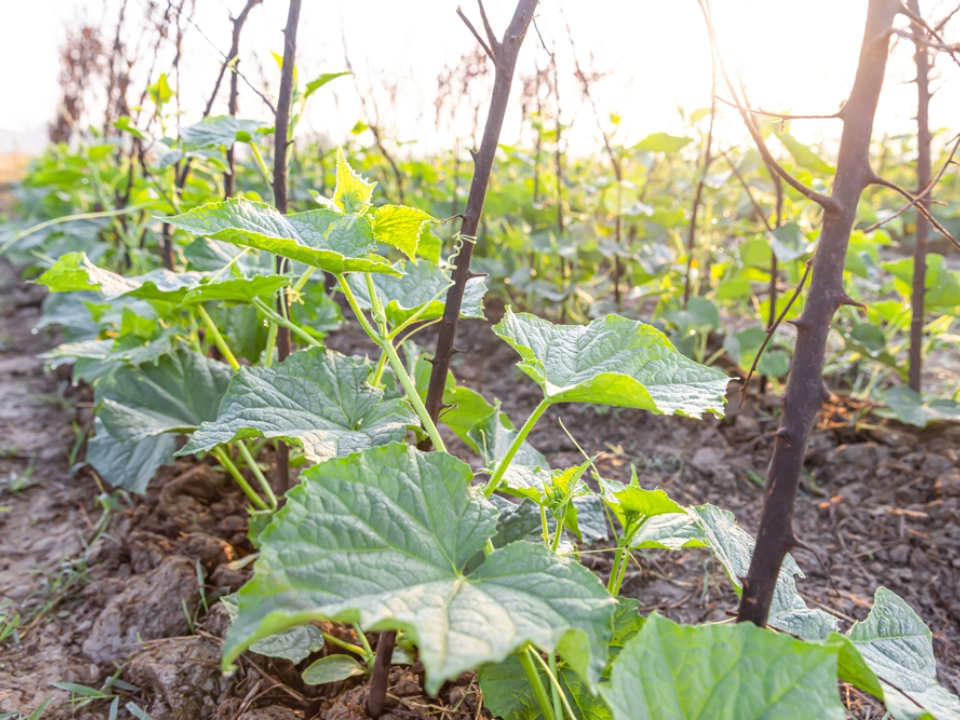
Crop rotation is an important practice for maintaining healthy soil and preventing the buildup of pests and diseases. If you plant cucumbers in the same spot year after year, the soil can become depleted of essential nutrients, and pests can build up in the soil. Rotate your cucumber plants with other crops to keep the soil fresh and reduce the risk of plant stress.
It is helpful to plan your crop rotation schedule so that you avoid planting cucumbers in the same area for at least two years in a row. This will help keep your cucumber plants healthy and productive over the long term.
Be Patient
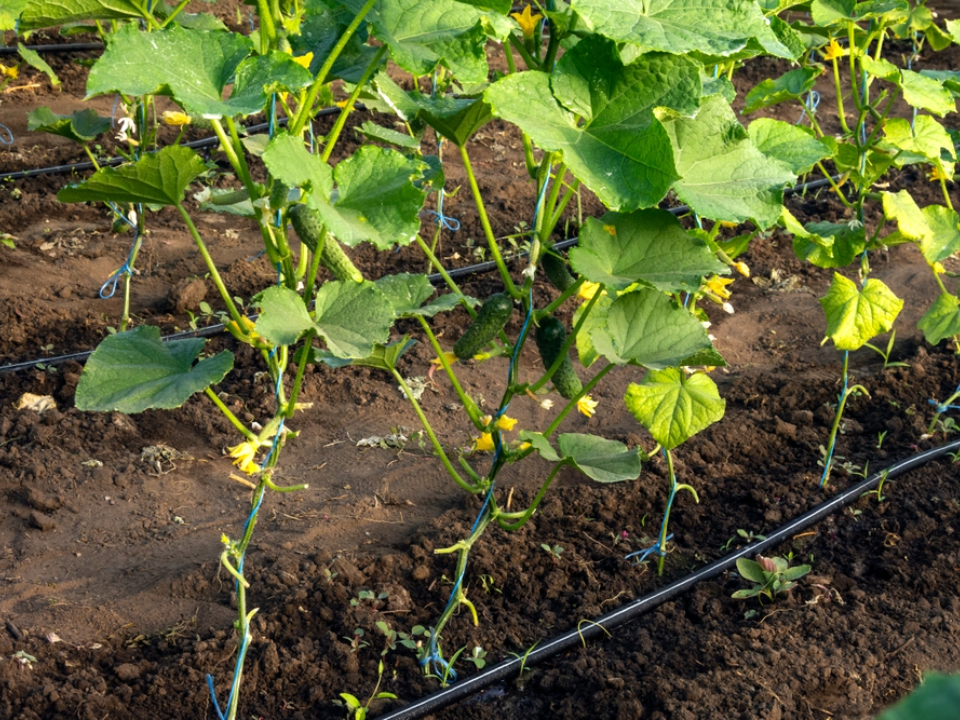
Growing cucumbers requires patience, especially during the early stages. Once the seeds are planted, it can take several weeks for the plants to mature and produce fruit. During this time, it is essential to continue providing the plants with adequate sunlight, water, and nutrients to help them thrive.
While cucumbers grow relatively quickly once established, it is important to remain patient and allow them the time they need to develop into healthy, productive plants. With proper care, you will soon enjoy the rewards of your hard work.
This article originally appeared on Avocadu.
